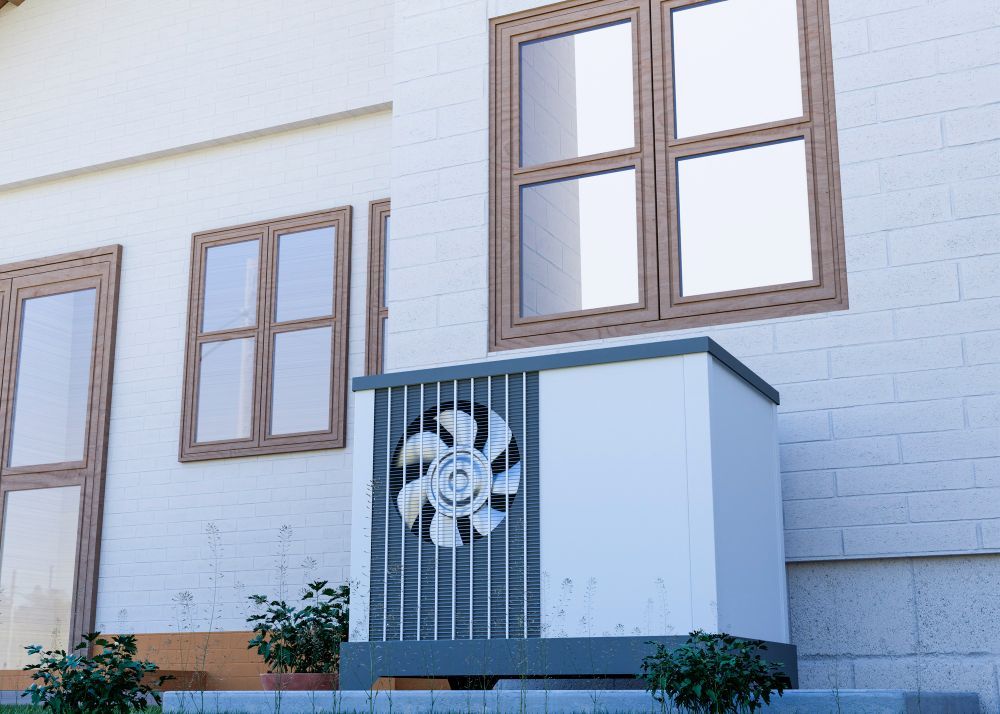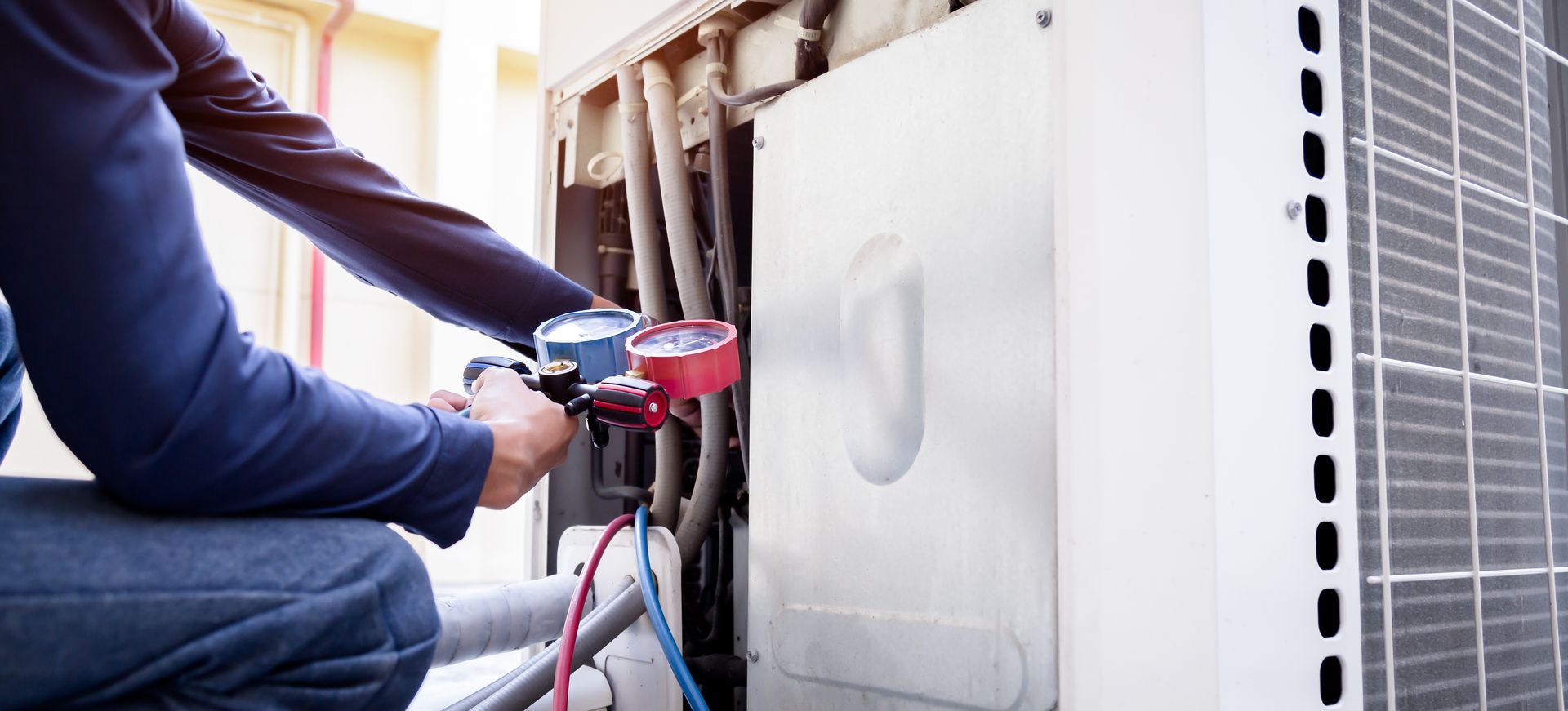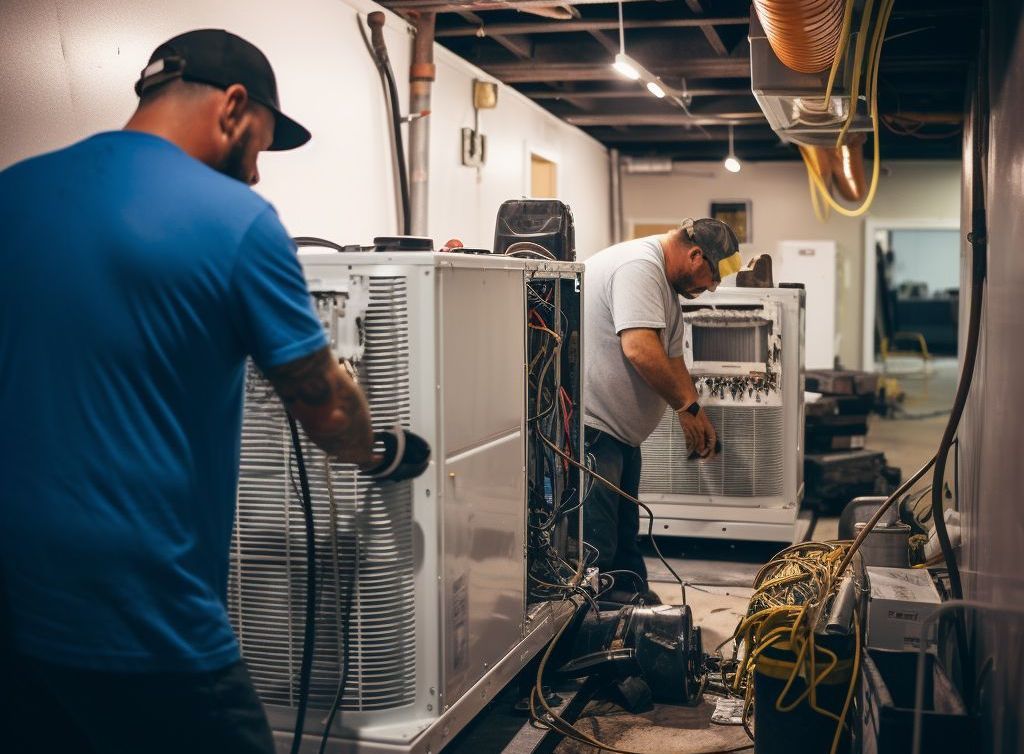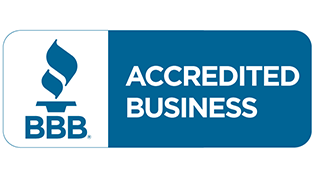How to Prevent Frozen Coils & Icing in Heat Pumps during Winter in Utah
Utah winters bring freezing temperatures, snow, and dry air—all of which can put extra stress on your HVAC system. If you own a heat pump, one of the most frustrating problems you may encounter is frozen coils or ice buildup. Not only does this reduce efficiency, but it can also lead to costly damage if ignored.
The good news is that frozen coils are preventable with the right maintenance and usage strategies. In this article, we’ll explain why coils freeze, what it means for your system, and the steps you can take to prevent icing during Utah’s coldest months.
Why Do Heat Pump Coils Freeze in Winter?
Frozen coils are a common winter issue, especially in climates like Utah. Several factors can cause your heat pump’s coils to ice over.
- Low Refrigerant Levels: Without enough refrigerant, the system can’t properly absorb heat, leading to freezing.
- Restricted Airflow: Dirty filters, blocked vents, or clogged coils reduce airflow, which can cause condensation to freeze.
- Defrost Cycle Malfunctions: Heat pumps have a built-in defrost cycle to melt ice, but if it fails, frost can accumulate.
- Outdoor Conditions: Snow, ice, or freezing rain can build up on the outdoor unit, restricting airflow and causing icing.
- Thermostat Settings: Setting the system too low or running it constantly in extreme cold can push the system beyond its limits.
When coils freeze, your heat pump has to work harder, leading to higher energy bills, uneven heating, and the risk of permanent damage to components.
How to Prevent Frozen Coils in Utah Winters
Here are practical steps homeowners can take to keep their heat pumps running efficiently during the cold season.
Step 1: Keep Filters Clean
Replace or clean air filters every 30–60 days during the winter. Utah’s dust and air quality challenges make filters clog faster, and restricted airflow is a major cause of frozen coils.
Step 2: Maintain Clear Airflow Around the Outdoor Unit
Remove snow, ice, leaves, or debris around the outdoor unit. Keep at least two feet of clearance on all sides to allow proper airflow.
Step 3: Schedule Professional Maintenance
Have an HVAC technician check refrigerant levels, inspect coils, and test the defrost cycle before winter begins. Preventive maintenance is the best defense against icing issues.
Step 4: Check the Defrost Cycle Regularly
If your heat pump isn’t defrosting itself, ice can build up quickly. Pay attention to whether the system switches into defrost mode when needed.
Step 5: Adjust Thermostat Settings Wisely
Avoid setting your thermostat excessively low in freezing weather. A moderate, consistent temperature helps the system operate without strain.
Step 6: Insulate and Seal Your Home
Well-insulated homes reduce the demand on your heat pump, preventing overwork that can lead to coil freezing. Seal drafts around doors, windows, and ducts to keep warm air inside.
Step 7: Install a Cold-Climate Heat Pump or Backup Heat
If your current system struggles in Utah’s coldest nights, upgrading to a cold-climate-rated heat pump or adding a backup heating system can prevent frequent icing problems.
Frequently Asked Questions
- Why does my heat pump freeze up in the winter?
It often happens due to restricted airflow, low refrigerant, or defrost cycle issues. Utah’s cold weather makes systems more vulnerable to icing. - How do I know if my heat pump’s defrost cycle is working?
During operation, the system should occasionally switch into a mode that melts ice off the coils. If you notice constant ice buildup, the defrost cycle may not be working properly. - Can I pour hot water on frozen coils?
No. Pouring hot water can shock the system and damage components. It’s safer to turn off the unit and call a professional if icing is severe. - Is ice on the heat pump normal?
A small amount of frost is normal in winter, but thick layers of ice or coils completely covered indicate a problem. - When should I call an HVAC professional?
If ice buildup is heavy, frequent, or prevents your system from heating effectively, call a licensed HVAC contractor immediately.
Conclusion
Frozen coils are a common but preventable issue for Utah homeowners using heat pumps. By keeping filters clean, ensuring proper airflow, scheduling regular maintenance, and checking defrost cycles, you can avoid costly breakdowns and keep your home comfortable all winter.
If you’re in South Jordan or anywhere along the Wasatch Front, our team specializes in heat pump maintenance, repair, and installation.
Contact us today to prepare your system for the cold and prevent frozen coil problems before they start.







